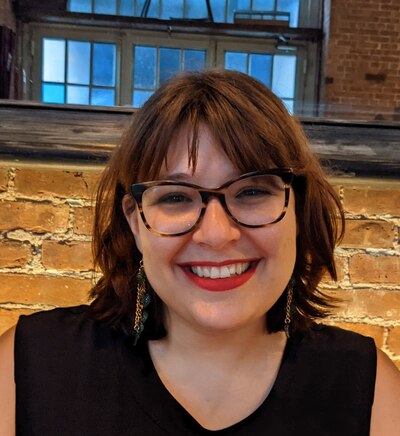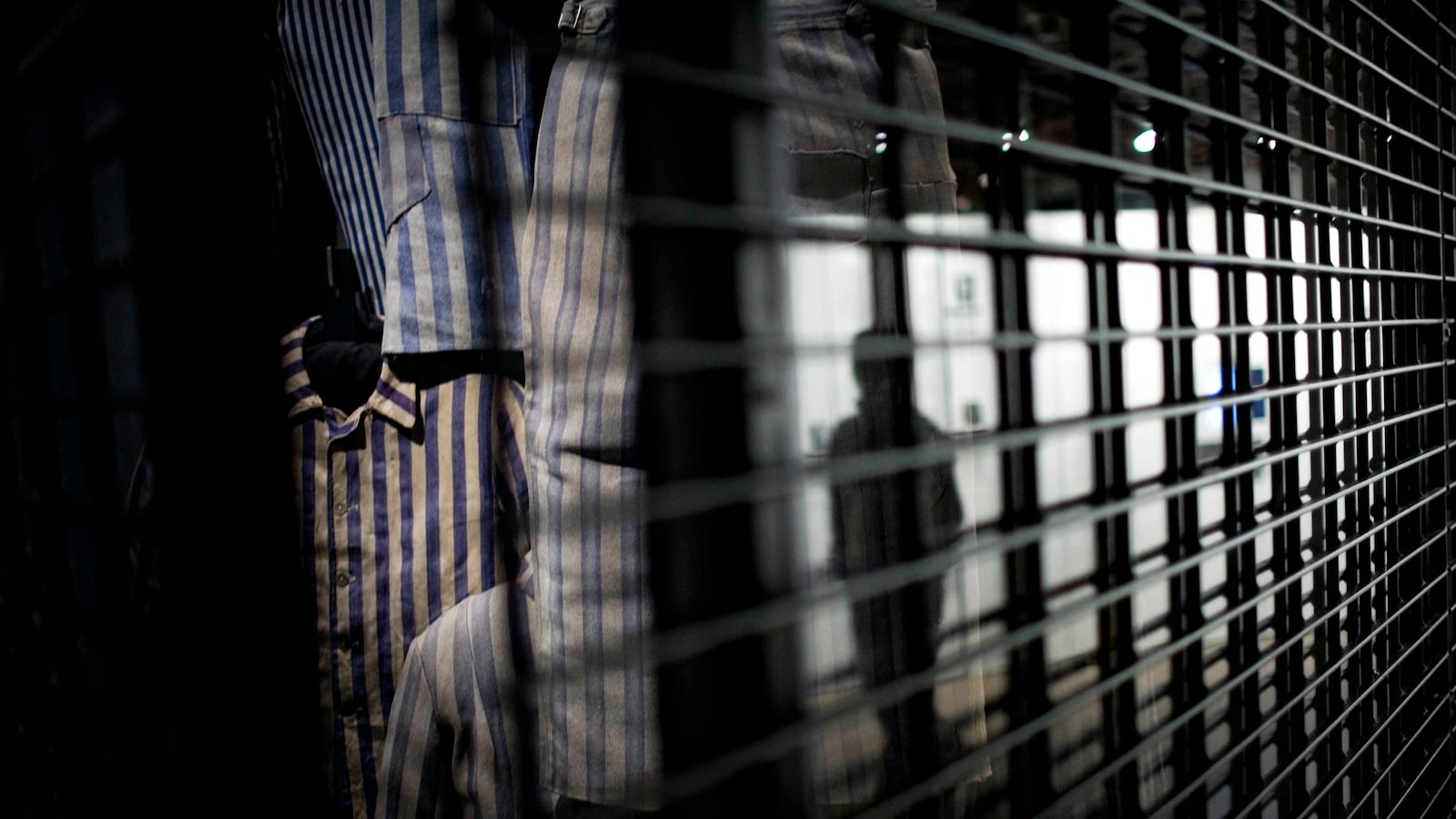My bookshelves bridge genres and formats, but fiction has always been my first love. When we escape into a text that we know is made-up, we let our guards down, and that vulnerability can force us to face truths that we might otherwise avoid. Reading can foster empathy, and studies have even shown that readers of fiction are better able to understand the feelings of those around them.
But when I teach my students about the Holocaust — easily the most history-heavy unit in my New York City high school English curriculum — I have never been tempted to use the countless fictional depictions.

My approach is less common than you might think, given that the Holocaust is the largest and most documented genocide in human history and that there are a plethora of memoirs, poems, essays, diaries, videos, and historical records from which to learn.
And yet Holocaust-themed novels, such as “Number the Stars,” “The Devil’s Arithmetic,” “The Book Thief,” are common choices for teachers trying to expose students to the Holocaust. The intentions are good, but the outcomes can be incredibly harmful. Of course, the most infamous example is “The Boy in the Striped Pajamas,” whose author, John Boyne, recently announced that a sequel to his entirely problematic Holocaust novel is coming out in September.
“The Boy in the Striped Pajamas” centers on a nine-year-old German boy named Bruno who manages, despite his father being in charge of Auschwitz, to know nothing about antisemitism, the nearby concentration camp, or Hitler (whom he refers to as “the Fury,” because Führer needed to be cutesy). In a twist that matches the absurdity of the rest of the book, Bruno is tragically killed after sneaking into Auschwitz.
There are too many historical impossibilities to count, and many of them are harmful on their own, but somehow they are not the novel’s biggest issue. The real problem here — the most harmful one, anyway — is how the book frames the protagonist’s innocence and the treatment of his death. Rather than centering actual Holocaust victims, the tragedy, as “Striped Pajamas” sees it, is that the protagonist was not supposed to be killed. By the end of the book, readers are left feeling sorry for Bruno’s grief-stricken father, who, again, was in charge of running Auschwitz, the largest concentration and extermination camp of the Holocaust.
And somehow, no matter how many educators denounce the novel — the Auschwitz Memorial Museum has said the book “should be avoided by anyone who studies or teaches about the history of the Holocaust”— it continues to populate lesson plans in the United States and United Kingdom.
The problems with “Striped Pajamas” even inspired a term to describe the book’s problem: “pajamafication.” It refers to using softer, more palatable texts to teach about complex and difficult history, despite how inaccurate those texts are. Think of it as History Lite — enough to introduce students to the existence of the topic while avoiding the reality of what happened. Imagine using “Gone with the Wind” to teach about American slavery and the Civil War, or showing a John Wayne film to teach about Westward Expansion. It is not merely the absence of factual information but also the addition of falsehoods that elevate oppressors into a noble light. (Pajamafication is not to be confused with teaching accurate texts at a level appropriate to the mental and emotional development of students’ ages.)
But it is not possible to teach the Holocaust truthfully without looking its ugly, horrific reality in the face. The Holocaust happened in recent enough history that survivors still live and tell their stories. Anything less than honest and direct teaching of the Holocaust leaves room for victim-blaming, perpetuating antisemitic stereotypes, and inevitably Holocaust denial.
Whitewashing history is only ever beneficial to the perpetrators and never the victims.
It is not merely the absence of factual information, but also the addition of falsehoods that elevate oppressors into a noble light.
So there will be no Holocaust fiction in my class. After establishing the grassroots antisemitism that plagued Europe for centuries before the Holocaust, I will hand out 86 copies of Elie Wiesel’s memoir, “Night,” which follows Wiesel from Sighet (then Transylvania, now Romania), through some of the most brutal realities of the Holocaust: the ghetto, Auschwitz, death marches, and finally liberation at Buchenwald concentration camp. I will read the first couple of pages aloud to ease my students into the names and terms unfamiliar to them – and we will embark on young Elie’s journey through hell together.
Once we come to the book's final image, a broken Elie unable to recognize his skeletal face in the mirror, we will sit with the pain and discomfort. We will analyze the language, but we will also reflect on the humanity of this child’s suffering and the suffering of his family. Having learned about WWI, the Weimar Republic, the Jim Crow-inspired Nuremberg Laws, the faux-science of eugenics, and the complicity of gentile friends and neighbors, my students will be prepared to understand Wiesel’s story within the larger history of the Holocaust.
After that, should they choose to pursue more reading about the Holocaust — and I hope they will — they will have the foundation and tools to tell the reality from the pajamas.
Rachel Panny is an English teacher in Harlem and has worked at traditional public and charter high schools. She has been fortunate to expand her Holocaust pedagogy through opportunities like the Belfer Conference in Washington, D.C. and programming run by the Museum of Jewish Heritage — A Living Memorial to the Holocaust.


